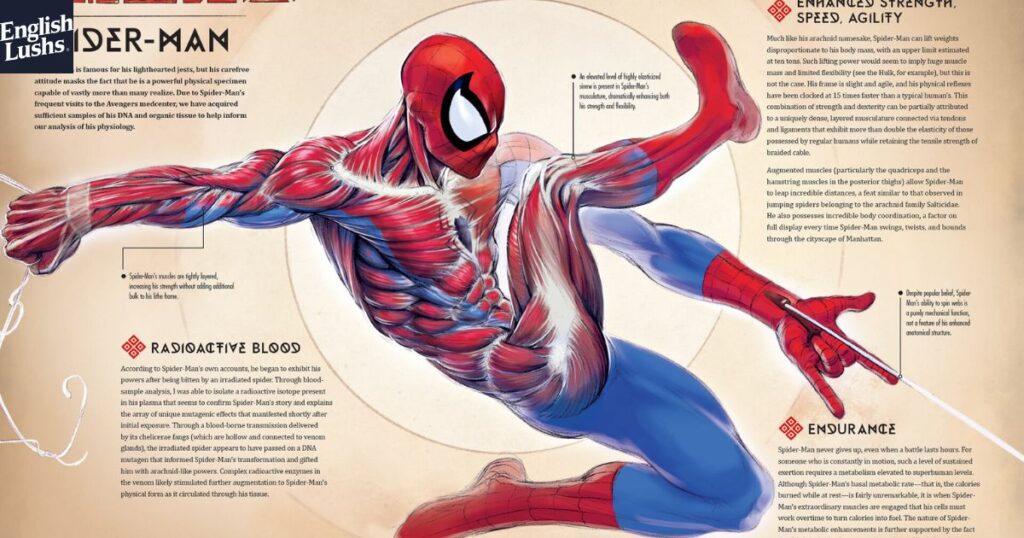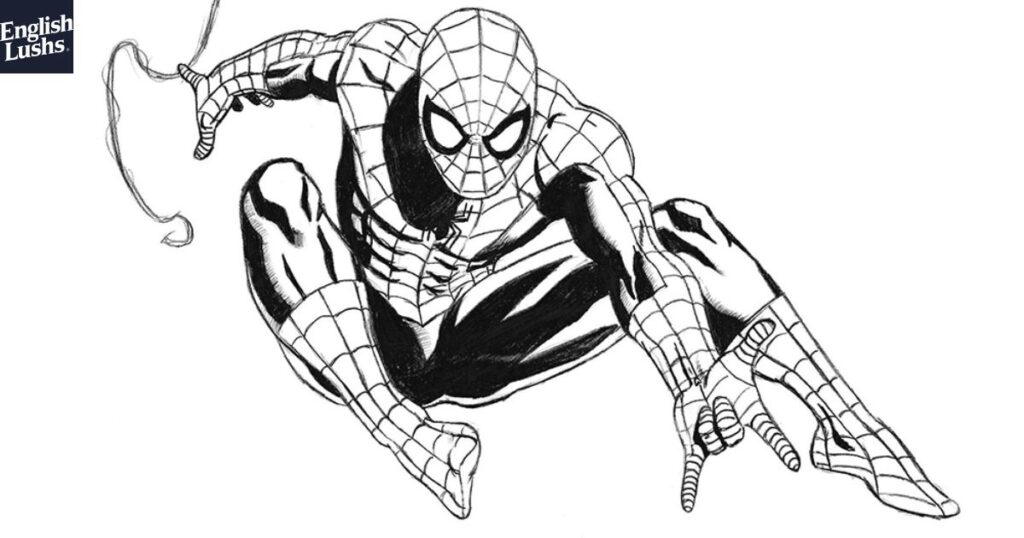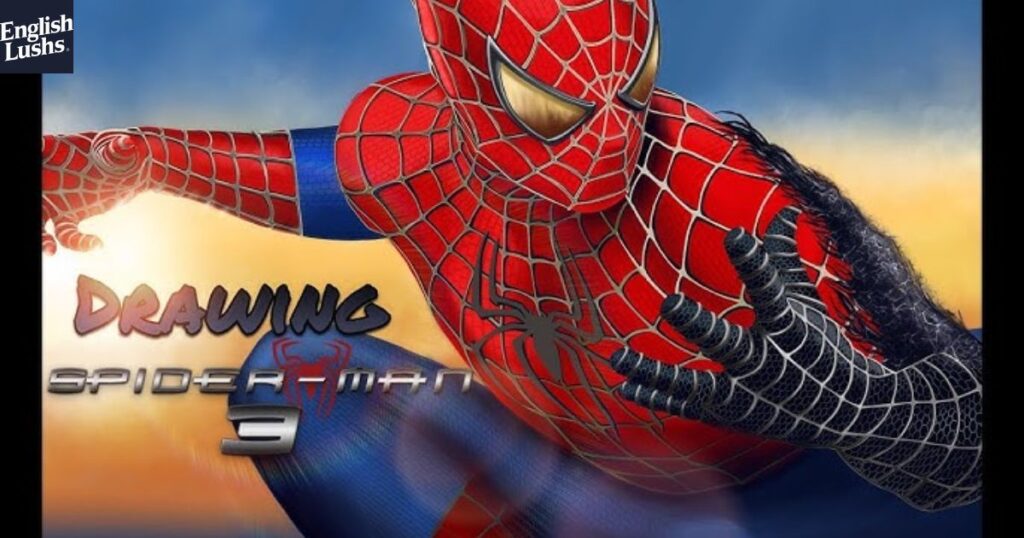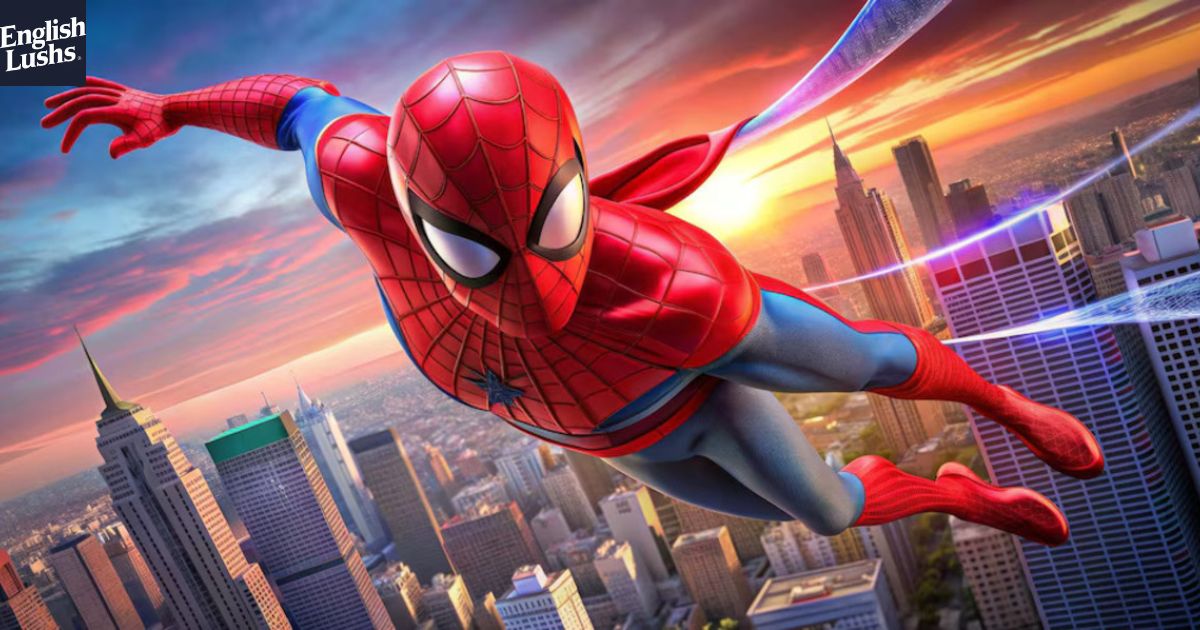Spiderman: The Ultimate Guide. This comprehensive resource will equip you with the skills and techniques to bring the iconic web-slinger to life on paper.
From mastering Spiderman’s unique anatomy to perfecting the intricate details of his costume, this guide covers every aspect of creating stunning Spider-Man artwork. Whether you’re a beginner or an experienced artist, you’ll find valuable insights to elevate your drawing skills.
Discover the secrets of dynamic poses, learn advanced shading techniques, and explore both traditional and digital methods for illustrating the beloved superhero. Get ready to unleash your creativity and become the ultimate Spiderman artist with this indispensable guide.
Introduction to Drawing:7barsug8u0w= Spiderman
Spiderman, the iconic web-slinger created by Stan Lee and Steve Ditko, has captured the imaginations of comic book fans and artists for decades. His dynamic poses, intricate costume, and unique abilities make him a fascinating subject for artists of all skill levels.
Whether you’re a beginner looking to start your journey in comic book art or an experienced artist seeking to refine your skills, this guide will provide you with the tools and knowledge to create stunning Spiderman illustrations.
Essential Tools and Materials

Before we dive into the drawing process, let’s discuss the tools and materials you’ll need to create your Spiderman masterpiece:
- Pencils: A range of graphite pencils (2H, HB, 2B, 4B, 6B) for sketching and shading
- Erasers: Both a kneaded eraser and a white plastic eraser for corrections and highlights
- Paper: High-quality drawing paper or Bristol board
- Rulers and French curves: For precise lines and costume details
- Inking tools: Fine-liner pens or brush pens for inking (optional)
- Coloring materials: Colored pencils, markers, or digital tools for coloring (optional)
Having these tools at your disposal will ensure you’re well-equipped to tackle the various stages of drawing Spiderman.
Understanding Spiderman’s Anatomy
Before putting pencil to paper, it’s crucial to understand Spiderman’s anatomy. While he’s a superhero, Spiderman’s body is based on human proportions with some exaggerations for dramatic effect.
Key anatomical features to focus on include:
- Muscular build: Spiderman is athletic and toned, but not overly bulky
- Flexible spine: His acrobatic poses often require an exaggerated spinal curve
- Dynamic limbs: Arms and legs should be drawn to convey motion and strength
- Proportions: Typically, Spiderman is drawn with a height of about 7.5 to 8 heads tall
Remember, mastering anatomy is essential for creating believable and dynamic Spiderman illustrations.
Read This Blog: Security Implications of Open Ports: Focusing on 127.0.0.1:49342
Step-by-Step Guide to Drawing:7barsug8u0w= Spiderman

The webbing pattern is crucial to Spiderman’s look. Start with main web lines along body contours, then add horizontal lines and fill in smaller details.
Proper shading brings your Spiderman drawing to life. Identify your light source, add shadows for depth, and use highlights to emphasize the costume’s texture.
Sketching the Outline Drawing:7barsug8u0w= Spiderman
Begin with a basic skeletal structure:
- Start with a circle for the head
- Draw a line for the spine, including the neck
- Add the pelvis and shoulder line
- Sketch in the arms and legs using simple shapes
- Refine the body shape, adding muscle definition
Detailing the Costume
Spiderman’s costume is iconic and requires attention to detail:
- Outline the mask, ensuring the eye shapes are correct
- Draw the web pattern on the mask, radiating from the nose
- Sketch the spider emblem on the chest
- Add muscle definition to show the costume’s form-fitting nature
- Draw in the boot and glove outlines
Adding the Webbing Drawing:7barsug8u0w= Spiderman
The webbing pattern is crucial to Spiderman’s look:
- Start with the main web lines running along the body’s contours
- Add horizontal web lines, curving them to follow the body’s shape
- Fill in smaller web details between the main lines
- Ensure the webbing pattern is consistent across the entire costume
Shading and Highlighting
Proper shading brings your Spiderman drawing to life:
- Identify your light source and plan your shading accordingly
- Add darker shades to create depth in the costume’s folds and creases
- Use highlights to emphasize the costume’s shiny texture
- Pay special attention to the mask, using shading to define its shape
Tips for Perfecting Your Spiderman Drawing

To take your Spiderman illustrations to the next level, consider these tips:
- Study reference material: Look at comic books, movies, and official artwork for inspiration
- Practice dynamic poses: Spiderman is known for his acrobatic movements, so experiment with action-packed poses
- Focus on expressions: Even with the mask, convey emotion through the eye shapes and body language
- Master foreshortening: This technique is crucial for drawing Spiderman swinging or in mid-air poses
- Experiment with backgrounds: New York City skylines or web-filled environments can enhance your Spiderman drawings
Common Mistakes to Avoid
When drawing Spiderman, be mindful of these common pitfalls:
- Inconsistent webbing patterns: Ensure your web lines are evenly spaced and follow the body’s contours
- Stiff poses: Avoid rigid, unnatural positions that don’t capture Spiderman’s agility
- Incorrect proportions: Remember to maintain proper body proportions, even in dynamic poses
- Neglecting costume details: Pay attention to small details like the web shooters and the texture of the suit
- Overcomplicating the design: While detail is important, don’t lose the iconic simplicity of Spiderman’s look
Advanced Techniques for Drawing:7barsug8u0w= Spiderman

This guide likely outlines a structured approach to drawing the iconic superhero Spiderman. It probably breaks down the process into manageable steps, covering aspects like body proportions, costume details, and dynamic poses characteristic of the web-slinger.
Read This Blog: Know About Quadratic Equation: 4x ^ 2 – 5x – 12=0
Dynamic Poses and Foreshortening
Mastering dynamic poses and foreshortening is crucial for creating exciting Spiderman illustrations:
- Study anatomy in motion: Understand how muscles and limbs move during various actions
- Use reference poses: Photograph yourself or others in Spider-Man-like poses for accurate reference
- Practice foreshortening: Start with simple objects before moving on to complex figures
- Experiment with perspective: Draw Spiderman from various angles to create more interesting compositions
Inking and Coloring Drawing:7barsug8u0w= Spiderman
Once you’ve perfected your pencil drawing, you may want to ink and color your artwork:
- Inking techniques:
- Use varying line weights to add depth and dimension
- Practice steady hand control for clean, crisp lines
- Experiment with brush pens for organic, flowing lines
- Coloring methods:
- Traditional: Use colored pencils or markers for a classic comic book look
- Digital: Explore software like Photoshop or Clip Studio Paint for professional-grade coloring
- Color theory:
- Understand the importance of Spiderman’s iconic red and blue color scheme
- Use shading and highlighting to enhance the 3D effect of your drawing
Digital Drawing
In the modern era, many artists prefer digital drawing for its versatility and efficiency:
- Choose your software: Popular options include Adobe Photoshop, Clip Studio Paint, and Procreate
- Invest in a graphics tablet: A pressure-sensitive tablet can greatly improve your digital drawing experience
- Utilize layers: Take advantage of digital layers for easy editing and experimentation
- Explore digital brushes: Find or create brushes that mimic traditional media or achieve unique effects
Remember, whether you choose traditional or digital methods, the fundamental principles of drawing Spiderman remain the same.
Frequently Asked Questions
How long does it take to become proficient at drawing Spiderman?
Proficiency varies, but with regular practice, you can see significant improvement in 3-6 months.
What’s the best way to draw Spiderman’s web pattern accurately?
Start with main lines following body contours, then add crossing lines and fill in smaller details.
Can I use digital tools to draw Spiderman, or should I stick to traditional methods?
Both are valid. Choose the medium you’re most comfortable with or combine both for versatility.
How do I make my Spiderman drawings look more dynamic and action-packed?
Focus on exaggerated poses, foreshortening techniques, and study action reference photos.
What’s the most challenging part of drawing Spiderman for beginners?
Often, it’s mastering the costume details and achieving dynamic poses while maintaining correct proportions.
Conclusion
Drawing Spiderman is a rewarding challenge that combines anatomical knowledge, costume design, and dynamic action. By following this guide and practicing regularly, you’ll develop the skills to create stunning Spiderman artwork that captures the essence of this beloved superhero.
Remember, the key to improvement is consistent practice and a willingness to learn from both your successes and mistakes. Don’t be afraid to experiment with different styles and techniques to find your unique approach to drawing Spiderman.

Amelia is a skilled SEO expert with a strong focus on content writing, keyword research, and web development. With a dedication to delivering results, she helps businesses optimize their online presence and drive organic growth.
Her expertise ensures that clients stay ahead in the ever-evolving digital landscape












